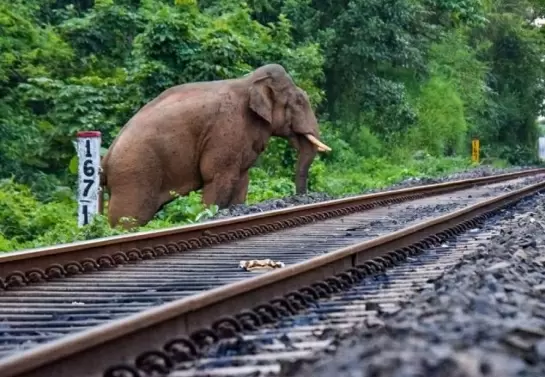Hazardous chemicals in plastics threaten seabirds
04-August-2019
Researchers found that hazardous chemicals were detected in plastics eaten by seabirds.
"We uncovered that four kinds of UV stabilisers and two brominated flame retardants at detection frequencies of 4.6 per cent and 2.1 per cent, respectively," said Hideshige Takada, Professor at Tokyo University of Agriculture and Technology.
"Our previous researches showed that these additives in plastics are transferred from ingested plastics and unfortunately accumulated in some tissues of seabirds," Takada added.
For the study, published in the journal Marine Pollution Bulletin, the researchers carried out non-target survey of additives in 194 pieces of plastics ingested by seabirds, such as Northern Fulmar and Albatross.
These additives, which are often hazardous chemicals, are generally blended into most plastics in order to make plastics better, for instance to stabilise polymers against UV degradation or oxidation, to simply add colours and so on.
The findings imply that any of these additives can be detected in the tissue of seabirds which ingest 15 pieces of plastics with probability of 73 per cent.
The study found that ingestion of 15 pieces of plastics per one individual is actually happening in the real-world case of the Albatross.
"We could foresee in the near future that 90 per cent of the individuals would accumulate additives derived from ingested plastics if the number would increase double, that is 30 pieces per individual," Takada added. IANS
Bondi Beach Terror Attack: Shooters Sajid-Naveed Identified As Pakistani-Origin Father-Son Duo
Legendary Singer S.P. Balasubrahmanyam's Statue Unveiled In Hyderabad Amid Row
In BJP, Anyone Can Rise From Pasting Posters To National President: Giriraj Singh On Nitin Nabin’s Elevation
Ram Janmabhoomi Movement Veteran Ram Vilas Vedanti No More, Yogi Adityanath Pays Tribute
Rajinikanth Turns 75: Anil Kapoor, Kajol Lead Heartfelt Birthday Tributes









